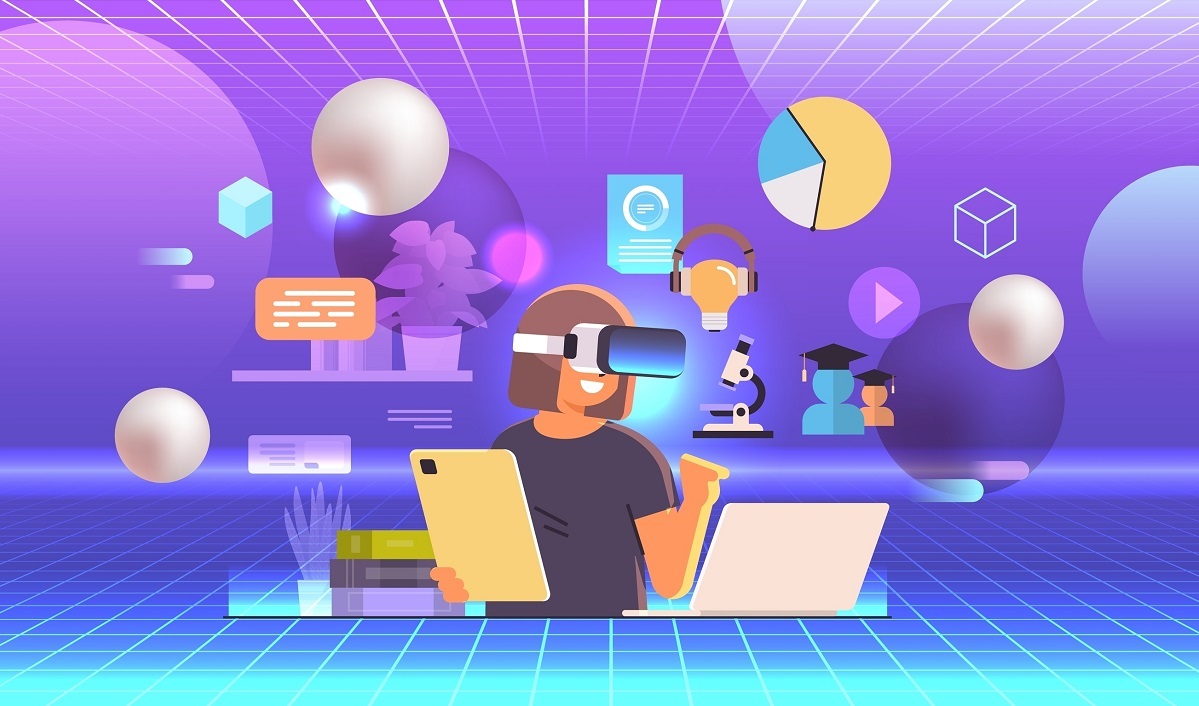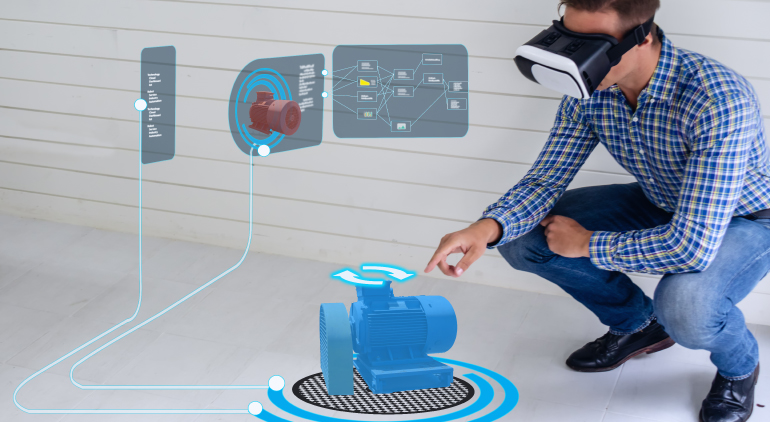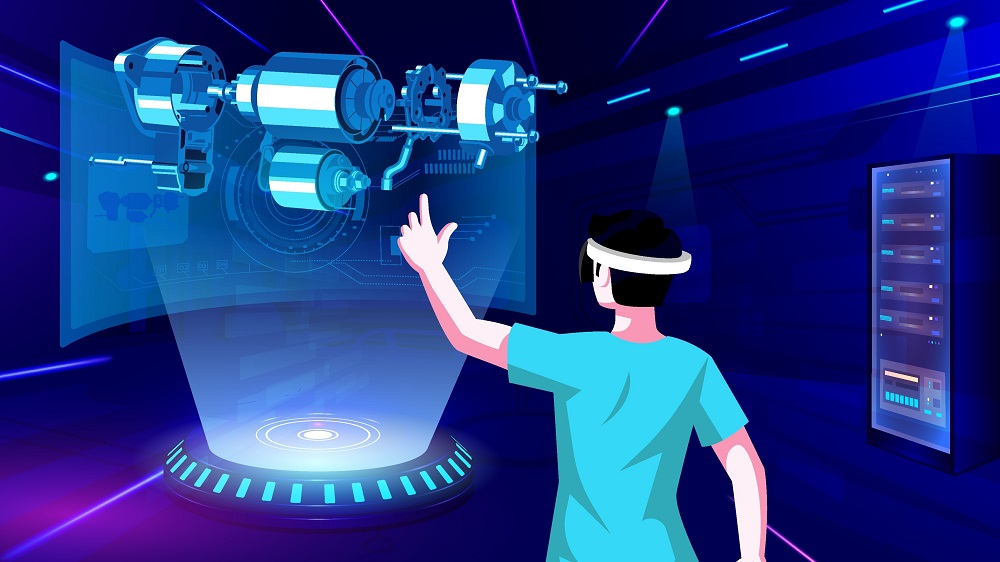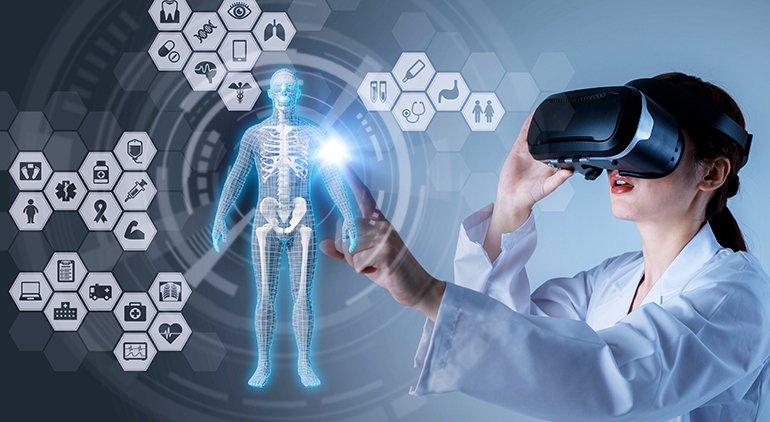Spatial Learning: Why it is Special for Higher Education?

In a world characterized by dynamic technological advancements, traditional education methods are gradually making way for innovative approaches that captivate the imagination and stimulate cognitive growth.
One such method that has garnered significant attention is spatial learning, a concept that harnesses the power of spatial memory, visual-spatial learning, spatial intelligence, and spatial thinking.
But, what's spatial learning?
Well, it's like a blend of memory, seeing things, understanding space, and thinking about how things fit together. Think of it as learning with a twist, making things come alive and connecting ideas in exciting ways.
In this blog, we will delve into what is spatial learning, exploring its significance and implications for higher education while uncovering its potential through real-world examples.
Understanding Spatial Learning
At the heart of spatial learning lies the incredible capacity of the human mind to process and retain spatial information.
Spatial memory, a cornerstone of this approach, enables us to remember locations, arrangements, and relationships among objects. Visual-spatial learning, on the other hand, empowers us to comprehend, interpret, and recreate visual information with precision and accuracy.
These faculties collectively form what is known as spatial intelligence – the ability to visualize and manipulate information in the mind's eye.
Spatial thinking, an extension of spatial intelligence, involves mentally manipulating objects or concepts in space, making connections, and drawing conclusions. This multidimensional cognitive ability goes beyond mere rote memorization, encouraging students to develop problem-solving skills rooted in understanding spatial relationships.
Personalizing Learning through Spatial Learning
 No two learners are alike, and education should reflect this diversity.
No two learners are alike, and education should reflect this diversity.
Spatial Learning is not just about learning, instead, it's about learning in a way that resonates with each individual's cognitive strengths. Spatial intelligence has the remarkable ability to cater to diverse learning styles, making education an inclusive experience.
Spatial learning empowers educators to personalize the learning experience by leveraging visual-spatial learning.
Through interactive simulations created by artificial intelligence and virtual reality, these students can delve into complex systems, grasp intricate concepts, and explore abstract ideas in ways that traditional methods simply can't match.
Spatial learning's capacity to accommodate various learning styles fosters engagement, making education more relatable and enjoyable.
This approach transforms education from a one-size-fits-all model into a personalized journey, where each student's unique strengths are nurtured and celebrated.
Spatial Learning in Action
To illustrate the potency of spatial learning, let's explore a real-world scenario in the field of medical science.
Imagine a student aspiring to become a surgeon. Traditionally, textbooks and lectures would impart theoretical knowledge about surgical procedures, supplemented by limited hands-on experience in controlled environments.
However, spatial learning takes this a step further.
Through immersive technologies like virtual reality (VR), students can enter a simulated operating theater. They can interact with a lifelike environment, engaging with surgical tools, practicing techniques, and even conducting virtual surgeries.
This experiential learning not only enhances spatial ability but also accelerates the development of critical thinking skills. The student gains the ability to mentally visualize complex procedures, anticipate challenges, and adapt in real-time – skills that are indispensable for success in the medical field.
Ed-tech's Role in Enhancing Higher Education
 Edtech, or educational technology, is the driving force behind the evolution of higher education.
Edtech, or educational technology, is the driving force behind the evolution of higher education.
With higher education technology trends embracing the concept of experiential learning, spatial learning finds itself at the forefront. Artificial intelligence and virtual reality are seamlessly integrated into pedagogical practices, fostering engagement and enriching learning experiences.
Imagine an architecture student exploring the intricate details of a historical monument through a virtual tour. They can manipulate and examine the structure from every angle, experiencing the melding of history and design in an immersive environment.
Haptic feedback further elevates the experience, providing a tactile sensation that enhances the authenticity of the encounter. This immersive learning for higher education bridges the gap between theory and practice, equipping students with practical skills that resonate beyond the classroom.
"Explore Spatial Learning and take your education to the next level! Start your immersive journey now and experience learning like never before."
The Future: Where Spatial Learning and Higher Education Converge
The future of higher education is intrinsically tied to experiential learning, and spatial learning is poised to play a pivotal role.
As technological advancements continue to reshape the educational landscape, the integration of AI and VR will become increasingly sophisticated.
These innovations will cater to diverse learning styles, accommodating visual learners, nurturing spatial intelligence, and fostering critical thinking.
Spatial education will become synonymous with empowerment, offering students the ability to explore, analyze, and create in virtual realms that mirror real-world scenarios.
The amalgamation of technology and education will give rise to an educational experience that is deeply personalized, engaging, and profoundly impactful.
Challenges and Considerations
While the potential of spatial education is undeniable, its integration does present certain challenges that educators must address.
One notable hurdle is the initial investment required for technology infrastructure. Implementing VR labs and immersive tools demands financial resources and technical expertise, potentially posing barriers for institutions with limited budgets.
Moreover, ensuring that spatial learning is seamlessly integrated into the curriculum is another consideration. Balancing traditional teaching methods with these innovative approaches requires thoughtful planning and coordination among educators.
Yet, as with any transformative endeavor, challenges also bring opportunities.
Educators can overcome these hurdles by collaborating with technology experts, seeking grants and partnerships, and gradually integrating spatial learning into the existing curriculum.
The benefits of enhanced engagement, critical thinking, and experiential learning outcomes make the journey well worth the effort.
Benefits of Spatial Learning in Education
 Educators hold the key to unlocking the full potential of spatial learning in education.
Educators hold the key to unlocking the full potential of spatial learning in education.
By embracing professional development opportunities, educators can build the expertise needed to effectively integrate immersive experiences into the learning journey.
Collaborative workshops, online courses, and training sessions can empower educators to harness the power of spatial learning and guide their students toward an enriched education.
Additionally, creating a supportive ecosystem that encourages experimentation and innovation is crucial. Institutions that foster a culture of exploration, provide access to cutting-edge technology, and facilitate ongoing dialogue among educators are better equipped to maximize the benefits of spatial learning.
Conclusion
In a rapidly evolving world, spatial learning stands as a beacon of innovation in higher education. As we embrace edtech's transformative potential, the boundaries between traditional classrooms and immersive learning environments blur.
Through spatial learning's integration, students can lead to a journey where knowledge acquisition transcends the confines of textbooks, opening doors to experiential growth and skill development.
As we navigate the future, we find ourselves at the crossroads of possibility and progress. Spatial learning is not merely an educational trend. It is a shift that promises to shape a generation of agile thinkers and visionary leaders, all fueled by the fusion of knowledge and experience.
We at iXR Labs not only defend Spatial learning but also crafting immersive solutions with virtual Reality that allows students to discover, experience and learn about impossible realities.




